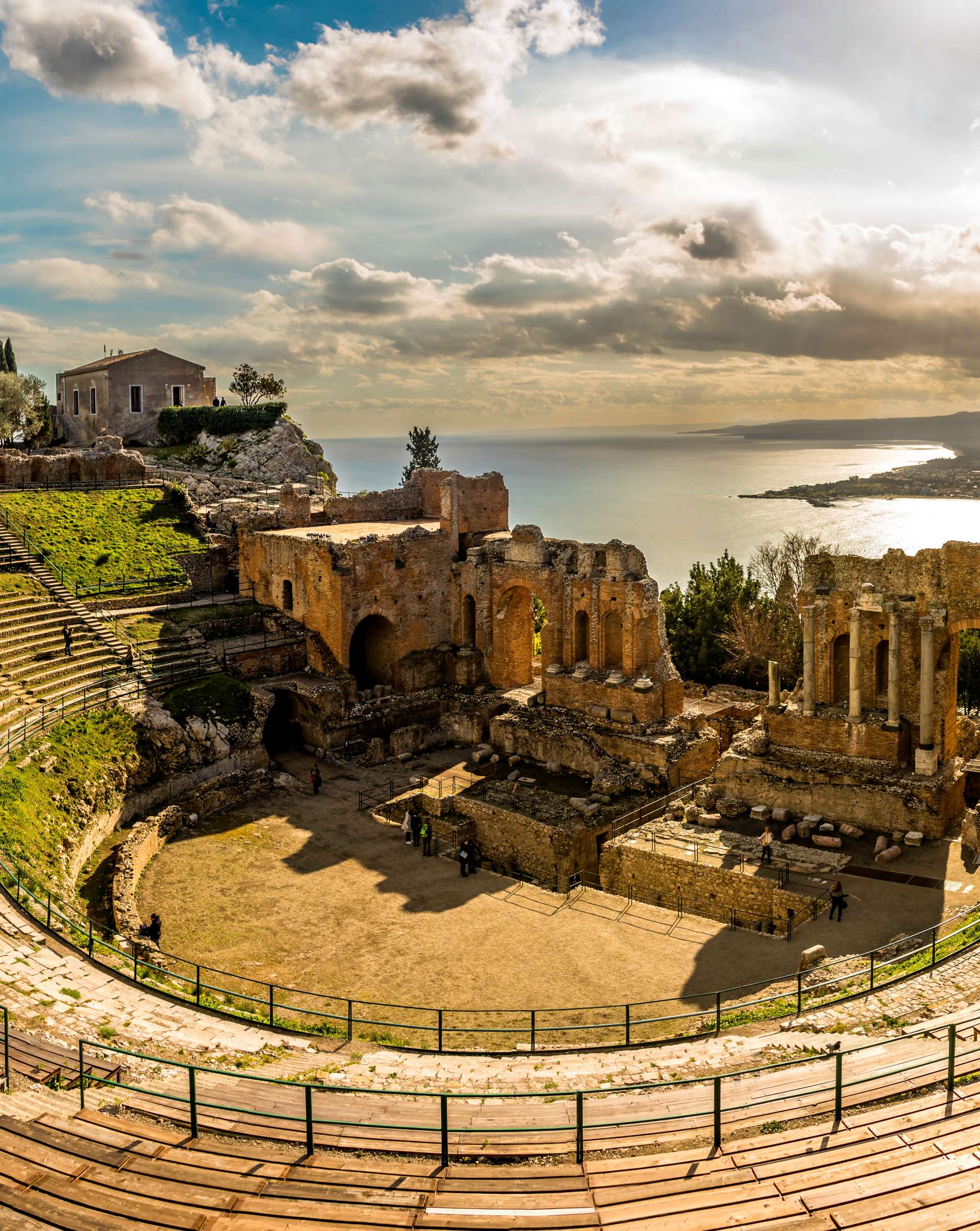
Exploring the world of art collecting
February 22, 2024Art collecting, an enduring activity that has its roots deep in the depths of human history, represents the art of acquiring, preserving, and displaying artworks. This practice, accessible both to individuals and institutions, is manifested through a vast array of dimensions, values, and types of works, embracing the collection of priceless pieces such as paintings, sculptures, and historic artifacts, to the aggregation of contemporary artworks, photographs, and multimedia installations.
Intrinsically complex and rewarding, art collecting intertwines personal passion with investment, cultural preservation, and community contribution, playing a fundamental role in preserving and enhancing art in all its expressions, marking cultural and social evolution through the centuries.
Overview of Art Collecting
A centuries-old practice, art collecting involves acquiring, preserving, and, in some cases, exhibiting artworks. This activity, involving both private individuals and institutional entities, ranges from collecting items of deep historical and cultural significance to selecting works by emerging and contemporary artists. Driven by various stimuli, such as aesthetic appreciation, investment, passion for specific periods or artistic styles, or support for the art world, collecting stands out for its exceptional diversity. Collections can focus on a variety of media, reflecting the broad range of human creativity, and collectors often dedicate themselves to specific historical periods, themes, artists, or contemporary movements.
Beyond physical possession, art collecting implies a commitment to conserving our cultural heritage, playing a vital role in protecting and enhancing works for future generations. Many choose to share their passion with the public, lending works to museums or establishing dedicated exhibition spaces, significantly contributing to the artistic economy and stimulating creation, cultural dialogue, and artistic diversity.
History and Evolution of Art Collecting
The history of art collecting is a fascinating journey that unfolds over millennia, reflecting the cultural, social, and economic changes of humanity. From antiquity, where art was collected not only for its aesthetic value but also as a symbol of power and prestige, through the Middle Ages, the Renaissance, to the modern age, art collecting has reflected and influenced the cultural dynamics of each era. In particular, the Renaissance marked a period of rebirth for collecting, with the opening of the first private collections to the public, precursors of modern museums. In the following centuries, collecting expanded among the aristocracy and bourgeoisie, with art becoming accessible to a wider audience also thanks to auctions. In the contemporary era, museums and public galleries have become privileged places for the collection and exhibition of works, with collecting today embracing a wide range of media and styles.

The reasons behind art collecting are manifold and vary widely among individuals, from pure aesthetic passion to financial investment, from cultural preservation to the desire for status. This practice offers both tangible and intangible benefits, not only to the collector but also to society as a whole, enriching the cultural fabric and promoting understanding and intercultural dialogue. The support to artists and the impact on the artistic sector are significant, with collectors providing essential financial support and contributing to growth and innovation in art.
Millennials and the New Face of Art Collecting
Millennial art collectors represent an emerging generation in the collecting landscape, distinguished by approaches and motivations often different from previous generations. Born between the early '80s and mid '90s, these young collectors are redefining the world of art collecting with their unique preferences, adoption of technology, and strong social awareness. Unlike past generations, Millennials adopt a less formal and traditional approach to art. For them, collecting transcends mere social status or long-term financial investment, becoming instead a means through which to express personal identity, values, and passions that characterize them.
Who They Are
Millennials venturing into art collecting are often professionals or entrepreneurs who have achieved a certain economic stability and seek to invest in art both for personal passion and as an alternative form of investment. They are well-educated, digitally connected, and tend to have a global outlook, thanks to the ease of access to information and markets from around the world through the internet.
Why They Collect
Passion and personal expression. Many Millennials collect art as a form of personal expression, choosing works that reflect their values, interests, and identity. They are attracted to works that tell a story, whether political, social, or personal, and that can stimulate conversations and reflections.
Investment. Although passion for art is a fundamental driver, the investment aspect also plays an important role. Many see art collecting as a way to diversify their investments, seeking works that are not only personally pleasing but can also appreciate over time.
Supporting artists and the community. A distinctive feature of Millennial art collectors is their desire to directly support artists, especially those who are emerging or less known. This extends to a willingness to contribute to the local or niche art scene, actively participating in exhibitions, art fairs, and cultural events.
Use of technology. Millennials are digital natives, and this is reflected in their approach to art collecting. Many use online platforms, social media, and apps to discover new artists, purchase artworks, and connect with other collectors and galleries. Technology has broken down many barriers to entry, making the art world more accessible and democratic.
Sustainability and social responsibility. Finally, many Millennials are driven by a strong ethic of sustainability and social responsibility. This translates into a preference for artists and practices that reflect these values, such as art that addresses environmental or social issues or that uses sustainable materials.
Art collecting, with its roots deeply anchored in human history, has evolved through the centuries to embrace the changing cultural and social dynamics of each era.
From a practice reserved for the elites to a varied and accessible passion, art collecting today reflects an incredibly diverse landscape, spanning genres, epochs, and movements.
At the center of this evolution are the Millennials, whose innovative approaches and emerging values are redefining the very meaning of collecting art. This new generation of collectors shows how art can be not only a haven of beauty and an investment vehicle but also a powerful means of personal expression, community support, and social engagement.
Through their enthusiasm and awareness, Millennials are helping to forge a future for art collecting that values diversity, accessibility, and sustainability, promising to enrich the cultural fabric for generations to come.
...
WeVillas is not just synonymous with luxury.
It's a true emblem of a lifestyle. And the intersection of art, luxury, and lifestyle transforms every stay into a cultural and emotional journey.
We are always ready to offer you the best luxury travel experience!
We are a young and enthusiastic group, working in luxury tourism for over 10 years. We personally select the villas we offer to our clients and ensure they meet the highest standards from every perspective.
For our clients, we seek only the best, nothing less!
Insights
How to create a meaningful and personal art collection
Valutating and authenticating artworks
The Art Market and Current Trends
Identifying the Style and Artistic Interest in Art Collections
Exploring the world of art collecting
The succession of the art collection: a guide for collectors and heirs
From galleries to auctions: where to find artworks for your collection










